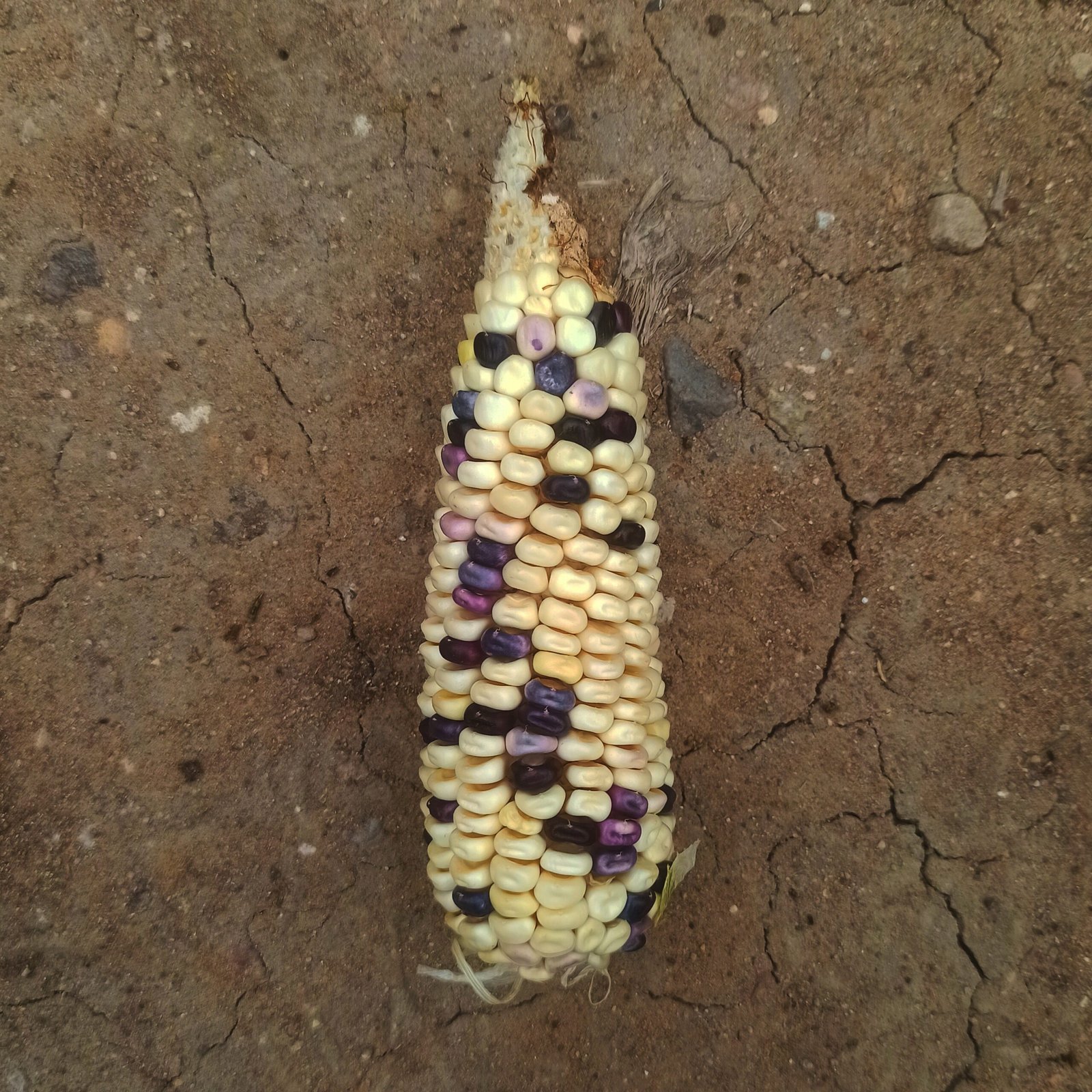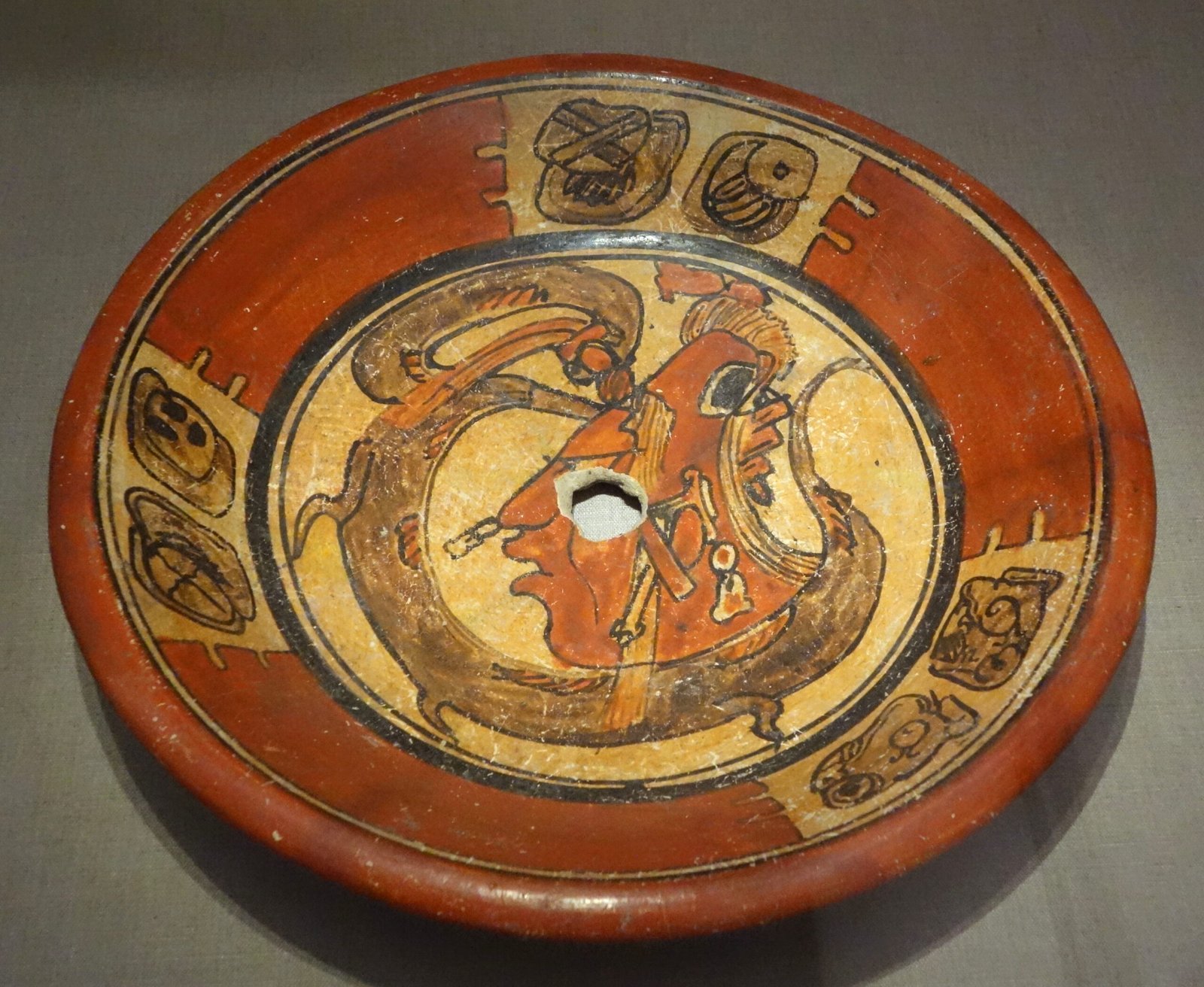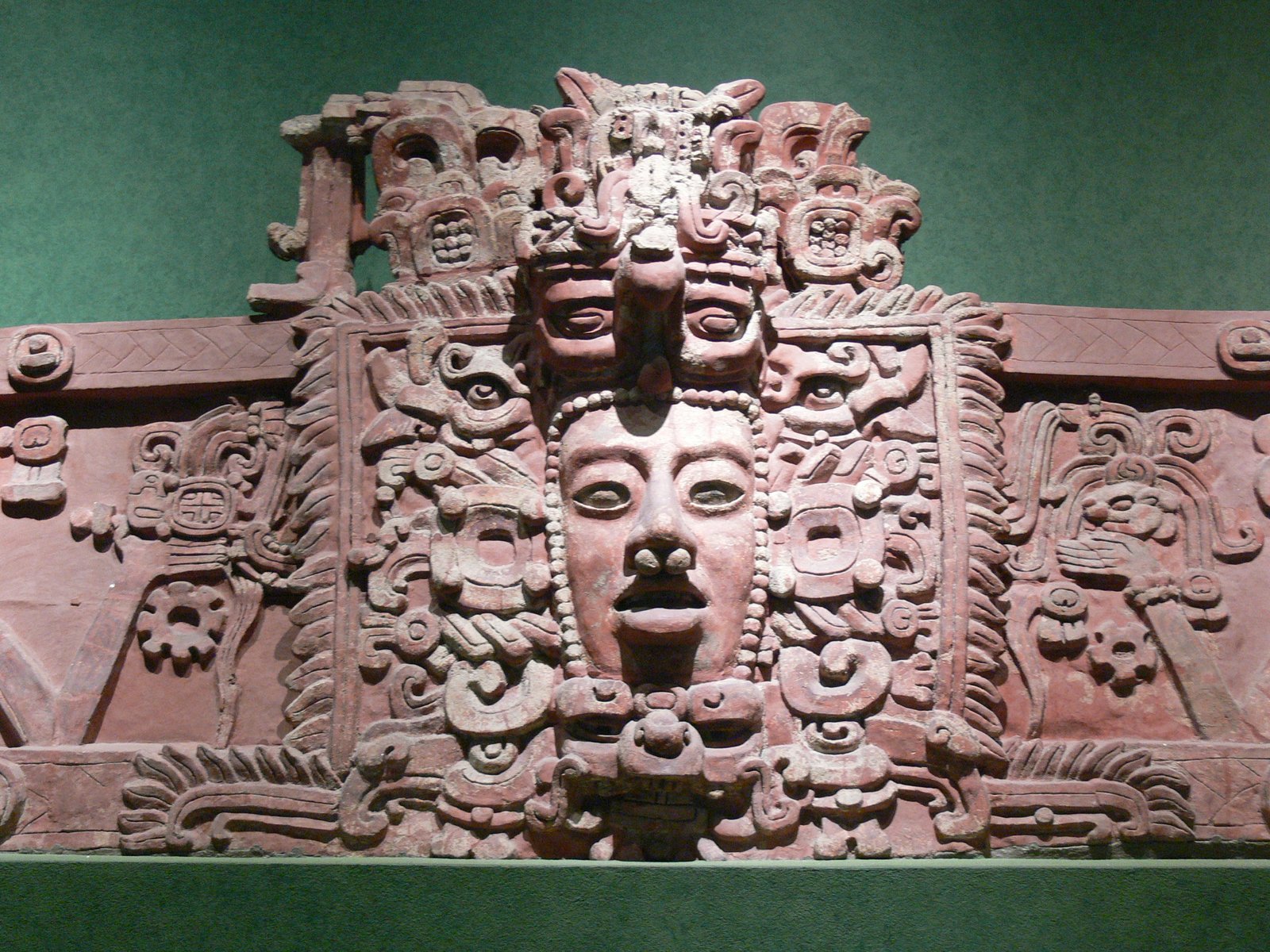Imagine a single crop so influential that it becomes the backbone of an entire civilization—shaping its myths, fueling its cities, and guiding its science. Maize, or corn, is not just a staple food; it’s a symbol of ingenuity and resilience. As we celebrate Cinco de Mayo, a day often vibrant with Mexican tradition and spirit, it’s the perfect moment to look beyond the festivities and delve into the astonishing story of maize and the sophisticated agricultural mastery of the ancient Maya. With every tortilla, tamale, or elote enjoyed today, we taste a legacy built on centuries of scientific exploration, adaptation, and deep respect for the natural world.
The Birth of Maize: Nature’s Most Ingenious Transformation
Long before supermarkets or industrial farming, the Maya and their ancestors orchestrated a botanical marvel. Maize began as teosinte, a wild grass bearing tough, tiny kernels almost impossible to eat. Through patient selection and a keen eye for nature’s subtleties, early Mesoamerican farmers transformed this humble grass into the plump, golden ears we know today. This was not just luck—this was science in action. Each planting season was a living experiment, with farmers saving seeds from the best plants, observing traits, and gradually guiding evolution itself. The result? One of humanity’s first and greatest feats of genetic engineering.
Maize at the Heart of Mayan Civilization
Maize was more than food for the Maya—it was life itself. Their creation myths speak of humans being fashioned from corn dough, and their gods were intimately tied to the cycles of planting and harvest. This crop underpinned every layer of society, nourishing kings and commoners alike. Cities like Tikal and Copán could not have thrived without the steady reliability of maize. The Maya built their calendars, ceremonies, and economies around its growth, demonstrating how science and spirituality can intertwine to shape a culture’s destiny.
Ingenious Farming: The Science of the Milpa
The Maya did not plant maize in isolation. Instead, they mastered the art of the milpa—a polycultural field where maize, beans, squash, and other crops grew together in harmony. This wasn’t just practical; it was a triumph of ecological science. Beans fixed nitrogen in the soil, nourishing the maize, while squash leaves shaded out weeds and kept moisture locked in. The result was a self-sustaining system that conserved nutrients, minimized pests, and produced bountiful harvests year after year. The milpa stands as a living lesson for today’s sustainable agriculture.
Water Wisdom: Surviving in a Challenging Climate
The Maya inhabited regions often marked by erratic rainfall and long dry seasons. Rather than succumb to nature’s whims, they engineered solutions that would impress any modern hydrologist. They dug vast reservoirs called chultunes and built networks of canals to capture precious rainwater. These innovations allowed them to irrigate their maize fields and survive droughts that might have shattered lesser societies. Their ability to harness and manage water reveals the depth of their scientific understanding and respect for the environment.
Soil Science: Enriching the Land for Generations
Farming the same land year after year would exhaust most soils, but the Maya developed sophisticated ways to restore fertility. They used ash from controlled burns, mixed in compost, and rotated crops to keep the earth productive. In some regions, they invented raised fields called “bajos” that protected roots from flooding and allowed for intensive agriculture. Their approach mirrors today’s best regenerative farming practices, showing that true sustainability is not a modern invention but a rediscovery of ancient wisdom.
Maize Genetics: A Legacy of Innovation

Modern geneticists are still awestruck by the transformation of teosinte into maize—a process that took thousands of years and untold generations of careful selection. Studies reveal that ancient farmers identified and preserved mutations that made kernels larger, more nutritious, and easier to harvest. This early genetic engineering was guided not by labs, but by sharp observation and deep intuition. The Maya and their ancestors were, quite literally, the world’s first plant breeders—pioneers whose legacy lives on in every ear of corn.
Maize in Mayan Mythology and Art

Corn wasn’t just practical; it was sacred. Maya art, from intricate pottery to towering stelae, is filled with images of the Maize God—an elegant figure crowned with ears of corn, emerging from the earth or the jaws of the underworld. Rituals to ensure a good harvest were central to the calendar, and festivals in honor of maize were joyous affairs marked by music, dance, and communal feasts. This reverence reveals a society that saw science and spirituality not as opposites, but as partners in the dance of life.
The Calendar: Timing the Sowing and Reaping

The Maya developed one of the world’s most accurate calendar systems, in part to track the agricultural cycle. Their solar calendar, the Haab’, was closely aligned with the timing of rains and the optimal periods for planting and harvesting maize. This careful attention to astronomical patterns ensured that their fields were always sown at the perfect moment. Such precision underscores how deeply science was woven into daily life—a testament to the Maya’s relentless curiosity and observational skill.
Modern Echoes: Maize Science Inspiring Today
The spirit of Mayan agricultural science lives on in modern Mexico and beyond. Scientists study ancient maize varieties to unlock genetic secrets that could help combat drought, disease, and climate change. Farmers in the Yucatán Peninsula still practice milpa farming, preserving biodiversity and honoring ancestral traditions. As we face global challenges in food security, the Maya offer a hopeful example: blending tradition and innovation, we can cultivate abundance while caring for the earth.
Celebrating Cinco de Mayo with a New Perspective
This Cinco de Mayo, every bite of maize-based food connects us to a lineage of discovery, resilience, and profound respect for nature. Beyond the parades and music, it’s a chance to marvel at the agricultural genius that made such celebration possible. The Mayan story of maize is not just history—it’s a living inspiration, inviting us all to approach our world with wonder, ingenuity, and gratitude.



